Choosing the right ergonomic office furniture is crucial for enhancing productivity and promoting employee well-being in today's fast-paced work environments. According to a report by the Global Industry Analysts, the global office furniture market is projected to reach USD 300 billion by 2026, reflecting the increasing emphasis on creating healthier workspaces. Additionally, the Occupational Safety and Health Administration (OSHA) highlights that poor office ergonomics can lead to significant productivity losses, costing companies more than $1 billion annually in worker's compensation.
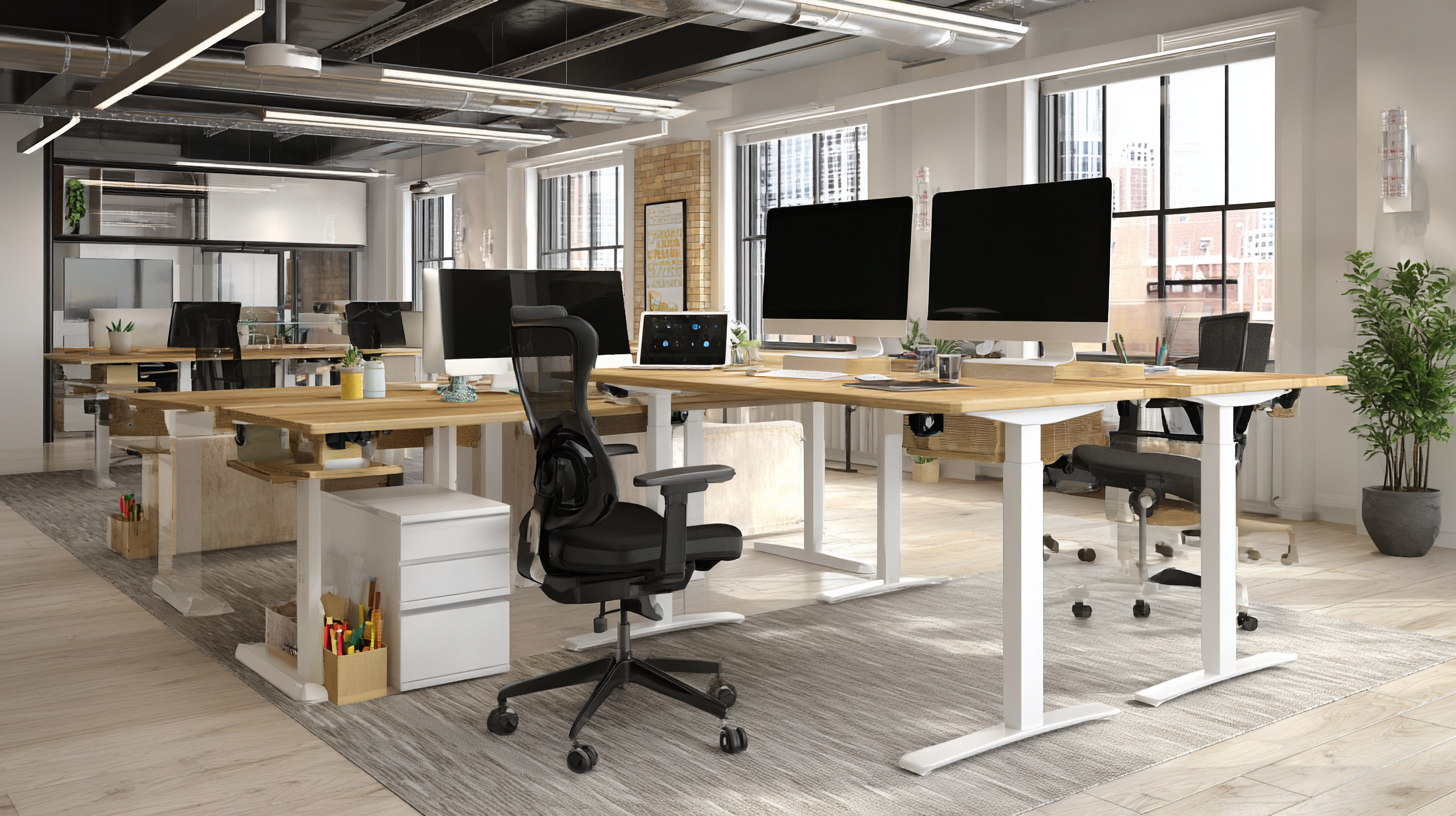
With the rise of remote work and flexible office layouts, it has become even more essential to invest in ergonomic solutions that cater to individual needs. This guide will explore key factors to consider when selecting the best office furniture that not only supports comfort but also enhances overall workspace efficiency.
When selecting office furniture, understanding the importance of ergonomics is crucial for creating a workspace that promotes health and productivity. Research by the Occupational Safety and Health Administration (OSHA) indicates that ergonomic improvements can lead to a 25% decrease in workplace injuries. With many individuals spending over eight hours a day at a desk, investing in ergonomic furniture is not just about comfort; it's about enhancing overall well-being and efficiency.
Ergonomic office furniture is designed to support the body’s natural posture and movements. For instance, an adjustable chair can reduce the risk of musculoskeletal disorders, which are reported to cost U.S. employers nearly $20 billion annually in workers' compensation claims, according to a 2020 report by the Bureau of Labor Statistics. Additionally, desks that allow for both sitting and standing positions can mitigate the negative health impacts associated with prolonged sedentary behavior. A study published in the Journal of Environmental and Public Health found that employees who use sit-stand desks report higher job satisfaction and lower levels of discomfort, highlighting the significant role ergonomics plays in workplace productivity.
This chart illustrates the importance rating of various ergonomic features to consider when selecting office furniture, highlighting the critical aspects that contribute to a comfortable and efficient workspace.
When selecting ergonomic office furniture, understanding the key features of chairs and desks is crucial for creating a comfortable and productive workspace. For ergonomic chairs, look for adjustable seat height, lumbar support, and armrest adjustability. This allows you to customize the chair to fit your body, promoting proper posture and reducing the risk of strain during long hours of sitting. A chair with breathable material and adequate cushioning is ideal for comfort, while wheels and a swivel base provide mobility and ease of movement.
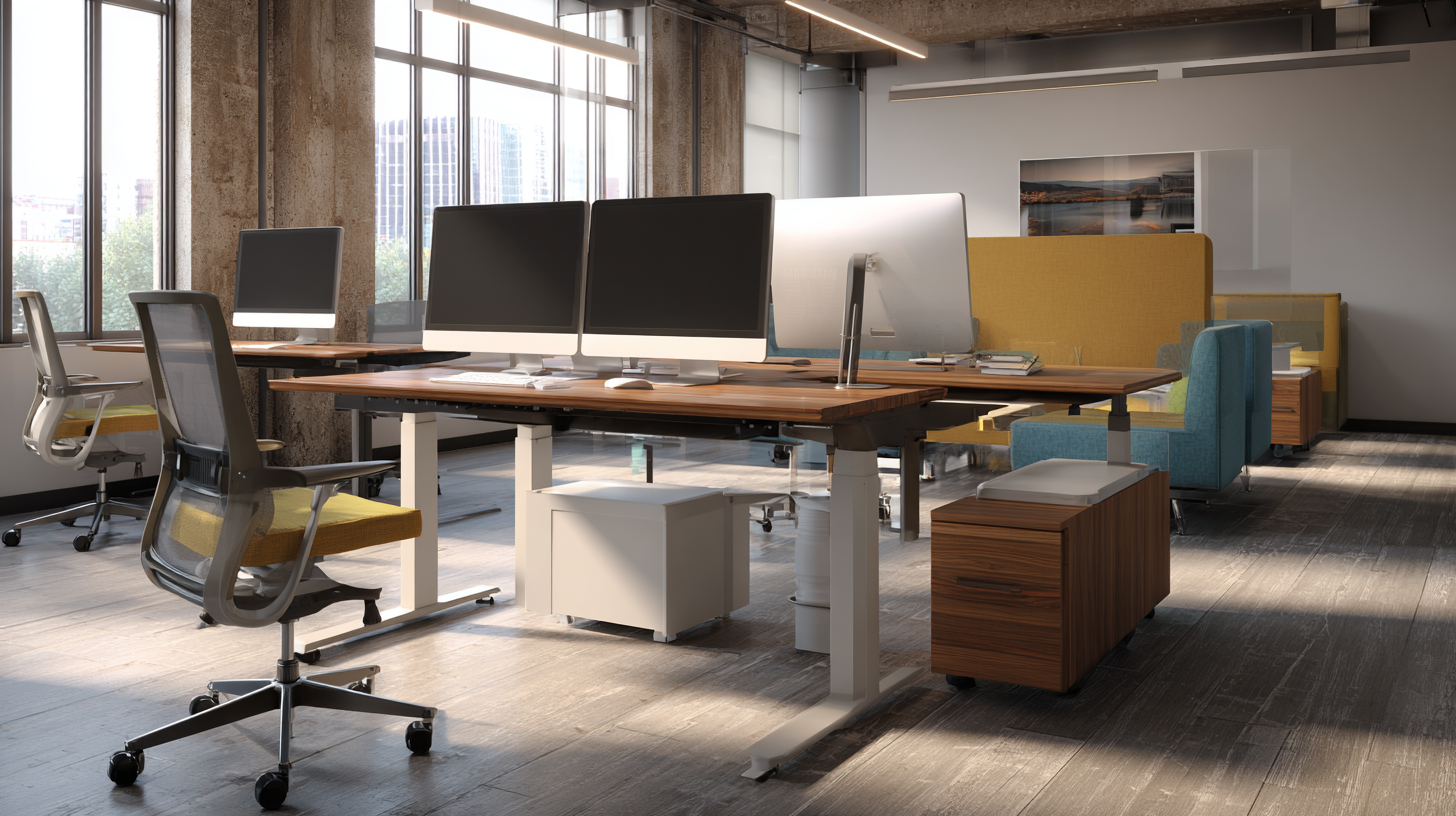
In terms of desks, prioritize height adjustability and a spacious work surface. Sit-stand desks have gained popularity, allowing you to alternate between sitting and standing positions throughout the day, which can improve circulation and energy levels. Consider desks with cable management systems to keep your workspace tidy, along with features such as keyboard trays that encourage a more natural typing posture.
By focusing on these essential elements, you can create an ergonomic setup that enhances both comfort and efficiency.
Creating an ergonomic workspace is crucial for enhancing employee productivity. When furniture is designed with ergonomics in mind, it reduces discomfort and fatigue, allowing employees to focus more on their tasks. An optimal ergonomic setup can lead to fewer distractions, improved concentration, and ultimately, higher quality work. Studies consistently show that employees who work in well-designed spaces report increased job satisfaction and efficiency.
**Tips for Choosing Ergonomic Office Furniture:**
1. **Adjustable Chairs:** Select chairs that can be customized for height and lumbar support. This ensures that each employee can find their ideal seating position, reducing strain on the back.
2. **Correct Desk Height:** Ensure desks are at a height that allows employees to maintain a proper posture while typing, with their elbows close to their bodies and wrists straight.
3. **Monitor Positioning:** Position monitors at eye level, about an arm's length away, to minimize neck strain and maximize comfort during long hours of work.
By focusing on these ergonomic principles, employers can significantly boost employee morale and productivity, leading to a more effective workplace.
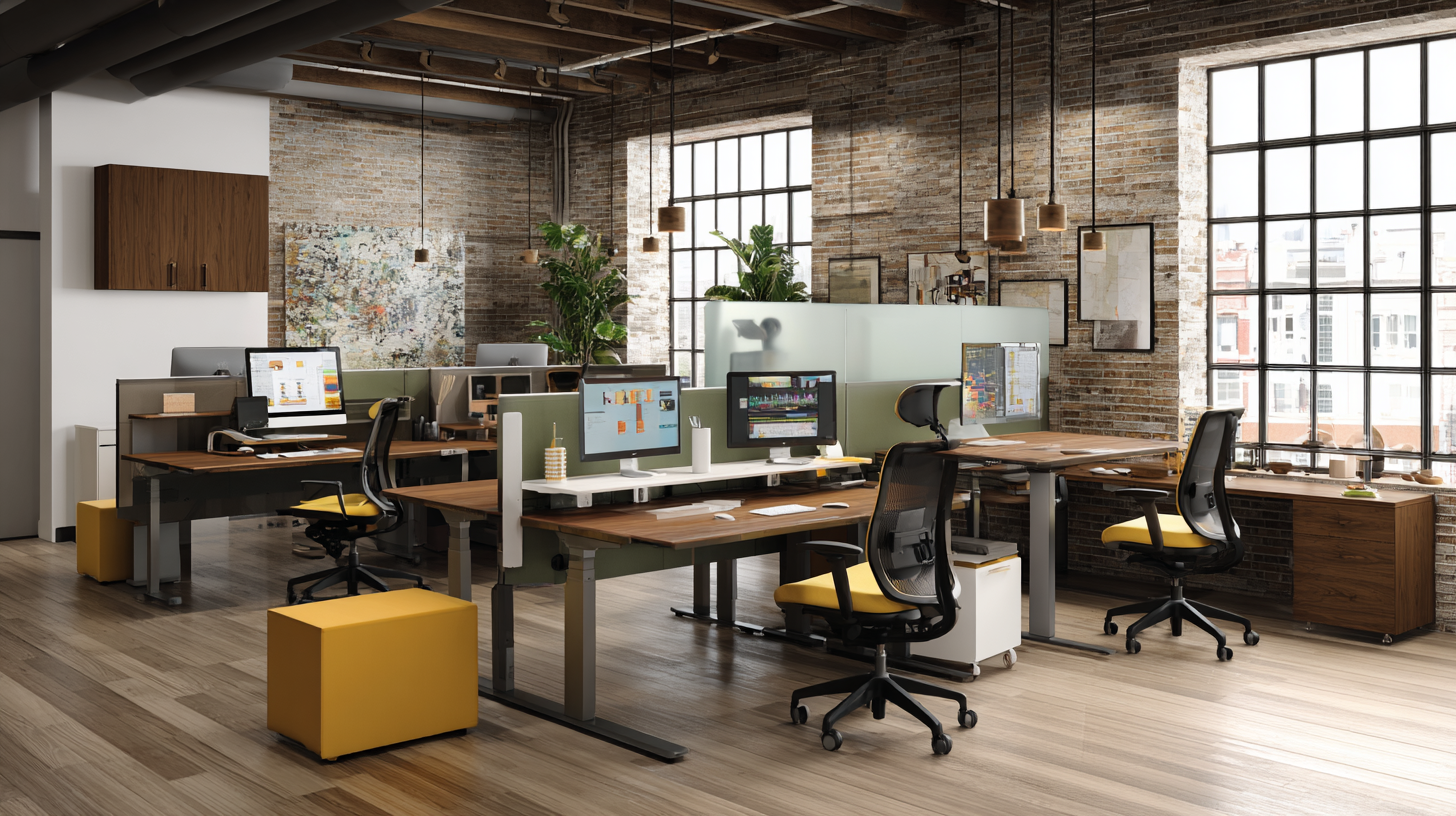
Choosing the right ergonomic tools and accessories can significantly impact your comfort and productivity in the workplace. According to a report by the Occupational Safety and Health Administration (OSHA), proper ergonomic adjustments can reduce the risk of musculoskeletal disorders by up to 60%. This highlights the importance of investing in quality ergonomic office furniture that supports your body’s natural posture and reduces strain during long hours of desk work.
When evaluating ergonomic accessories, consider adjustable chairs that promote healthy spinal alignment, height-adjustable desks that allow for both sitting and standing positions, and keyboard or mouse options designed to minimize wrist strain. Implementing these tools can lead to improved focus and reduced discomfort, leading to greater overall productivity. A study from the Human Factors and Ergonomics Society indicates that employees using ergonomic solutions report a 30% improvement in comfort levels.
**Tips:** Invest in an ergonomic chair with adjustable lumbar support, as it can significantly reduce lower back pain. Consider a sit-stand desk to alternate between sitting and standing, which can help alleviate pressure on the spine. Lastly, utilize monitor risers to keep screens at eye level, minimizing neck strain and promoting better posture throughout the day.
When considering the shift to ergonomic office furniture, it's crucial to analyze the cost versus the benefits carefully. While investing in high-quality ergonomic chairs, desks, and accessories may seem daunting due to upfront costs, the long-term health benefits and increased productivity significantly outweigh these initial expenses. Studies show that well-designed ergonomic solutions can reduce the risk of musculoskeletal disorders, enhancing employee comfort and performance over time.
Tips for investment: Start with a budget that allows for flexibility, prioritizing key pieces that directly impact your daily work routine, such as an adjustable chair and a height-adjustable desk. Test various options to find the best fit for your body type and work style. Consider seeking out ergonomic certifications, as they provide assurance of the furniture’s health benefits.
Furthermore, remember to calculate the potential savings from reduced absenteeism and healthcare costs associated with poor ergonomics. Investing in ergonomic furniture not only fosters employee well-being but also contributes to a more productive work environment, enhancing overall workplace morale and efficiency.
| Furniture Type | Average Cost ($) | Key Benefits | Potential ROI (%) |
|---|---|---|---|
| Adjustable Standing Desk | 600 | Improved posture, increased energy and productivity. | 25 |
| Ergonomic Chair | 300 | Reduced back pain, improved comfort during long hours. | 30 |
| Monitor Stand | 50 | Promotes proper neck alignment, reduces eye strain. | 15 |
| Keyboard Tray | 75 | Enhanced ergonomics, prevents wrist strain. | 20 |
| Footrest | 30 | Improves leg circulation, enhances overall comfort. | 10 |


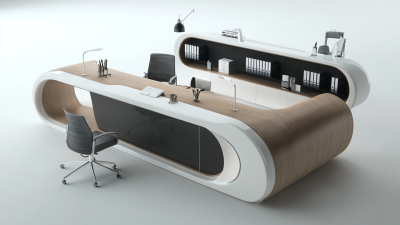
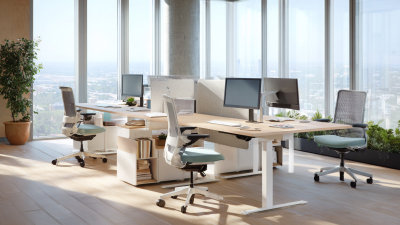


Update your browser to view this website correctly. Update my browser now
